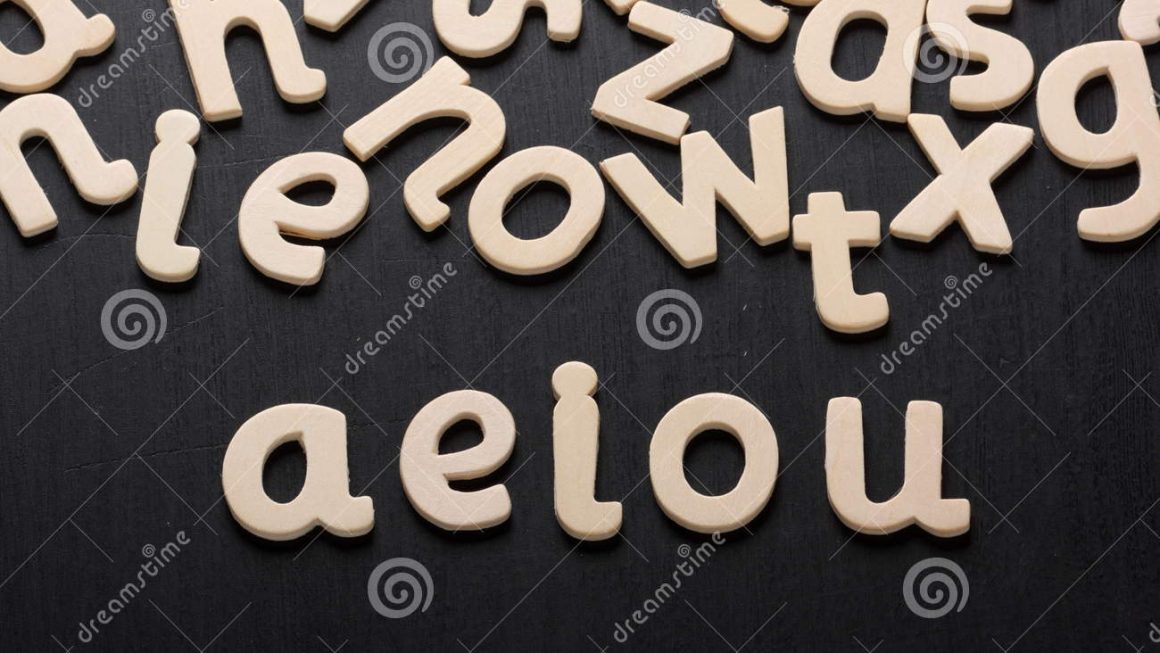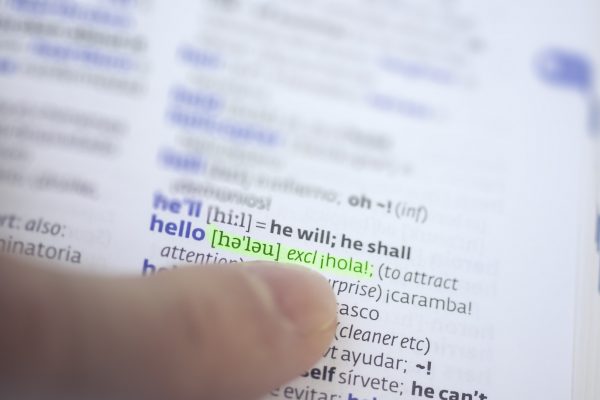As we all know, the Igala alphabet was created from the English alphabet. However, in the pronunciation of the letters of both alphabets, we notice stark differences in how their vowels and consonants sound. In terms of number, the vowels of English are five, while those of Igala are seven, as shown in the Table below. In this post, the individual vowels of the two languages are juxtaposed in two columns in the Table below […]
The Igala Alphabet
The website’s in-house teacher has assumed duty in the Kigala Klassroom, beginning his teaching of Igala language from the cradle – the ABC of education, the alphabet. When a child is born, its mind is completely clean, like a blank slate or tabula rasa. Then, physical impressions and psychological responses come together to influence its mind. The child’s first teacher is, naturally, its mother; later, the nursery school teacher joins her in his education, beginning […]
Igala Grammar: Homographs
In English language, two words are said to be ̀homographs’ if they are spelt the same way but have different meanings. In Igala speech, a single word, pronounced with different tone pitches, produces a set of homographs – words spelt the same way but vary in meanings; Example 1: From the unmarked word, ‘ọko,’ a speaker calls it using different tones; he can create three different words with three different meanings. ọ́kọ́ […]



